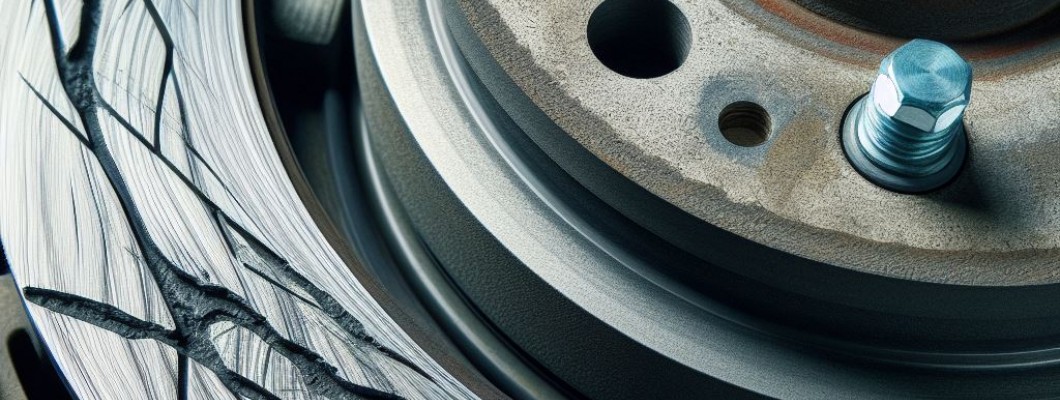
Uneven brake pad wear can signal underlying issues within a vehicle's braking system, potentially compromising safety and performance. This phenomenon occurs when brake pads wear down unevenly across their surface, rather than wearing evenly as intended. Several factors can contribute to uneven brake pad wear, including:
Caliper Issues: Malfunctioning or sticking brake calipers can apply uneven pressure on the brake pads, causing them to wear unevenly. This issue often leads to one brake pad wearing down faster than the others on the same axle.
Brake Rotor Problems: Warped or unevenly worn brake rotors can result in uneven contact with the brake pads, leading to irregular wear patterns. Rotor defects can cause localized friction, accelerating wear on specific areas of the brake pads.
Misaligned Brake Pads: Improperly aligned brake pads can lead to uneven contact with the brake rotor, causing accelerated wear on certain sections of the pads. This misalignment may result from poor installation or worn-out hardware.
Brake Fluid Contamination: Contaminated brake fluid can cause the brake calipers to operate inconsistently, leading to uneven pressure distribution on the brake pads. Moisture or debris in the brake fluid can affect caliper performance and contribute to uneven wear.
Driving Habits and Conditions: Aggressive driving behaviors, such as frequent hard braking or towing heavy loads, can accelerate brake pad wear and contribute to uneven wear patterns. Additionally, driving in harsh conditions like stop-and-go traffic or on rough terrain can exacerbate uneven wear.
Addressing uneven brake pad wear promptly is crucial to prevent further damage to the braking system and ensure safe operation of the vehicle. Routine inspection of brake components, including calipers, rotors, and pads, can help identify issues early and facilitate timely repairs or replacements. By addressing the underlying causes of uneven wear and maintaining a properly functioning braking system, drivers can enhance safety, prolong the lifespan of brake components, and optimize braking performance on the road.
Checking Brake Pad Wear: Essential Steps for Safe Braking Performance
Checking brake pad wear is crucial for maintaining safe braking performance. To inspect brake pads, follow these steps:
Visual Inspection: Look through the wheel spokes to see the brake pad's thickness. If it's less than 1/4 inch, it may be time for replacement.
Wear Indicators: Some pads have wear indicators—small metal tabs—that create a screeching noise when the pads are worn down. If you hear this sound, it's time to replace them.
Check Thickness: Measure the pad's thickness using a ruler or caliper. Compare it to the manufacturer's recommended minimum thickness.
Even Wear: Ensure the pads wear evenly across their surface. If you notice uneven wear, investigate potential issues like caliper malfunction or misalignment.
Regularly checking brake pad wear helps ensure safe braking and prevents potential damage to other brake components.
Brake Lining Wear in Mercedes: Monitoring brake lining wear in your Mercedes is essential for maintaining optimal braking performance. Regularly inspect the brake pads for thickness and signs of wear, and replace them promptly if they're worn beyond the manufacturer's recommended limit.
BMW Brake Pads Worn: If you notice your BMW's brake pads are worn, it's crucial to address the issue promptly to ensure continued safety and performance. Check the thickness of the brake pads and replace them if they're nearing the end of their lifespan to avoid potential damage to other brake components.
Brake Pads Worn Range Rover: Keep a close eye on the brake pads in your Range Rover to prevent excessive wear and maintain efficient braking. Regularly inspect the pads for signs of wear, such as reduced thickness or uneven wear patterns, and replace them as needed to ensure safe driving conditions.
Brake Disc Uneven Wear
Uneven wear on brake discs can indicate underlying issues within the braking system that need attention. If you notice uneven wear patterns on your vehicle's brake discs, have the system inspected by a qualified technician to diagnose and address any underlying problems, such as caliper issues or rotor defects, to ensure balanced braking performance.













